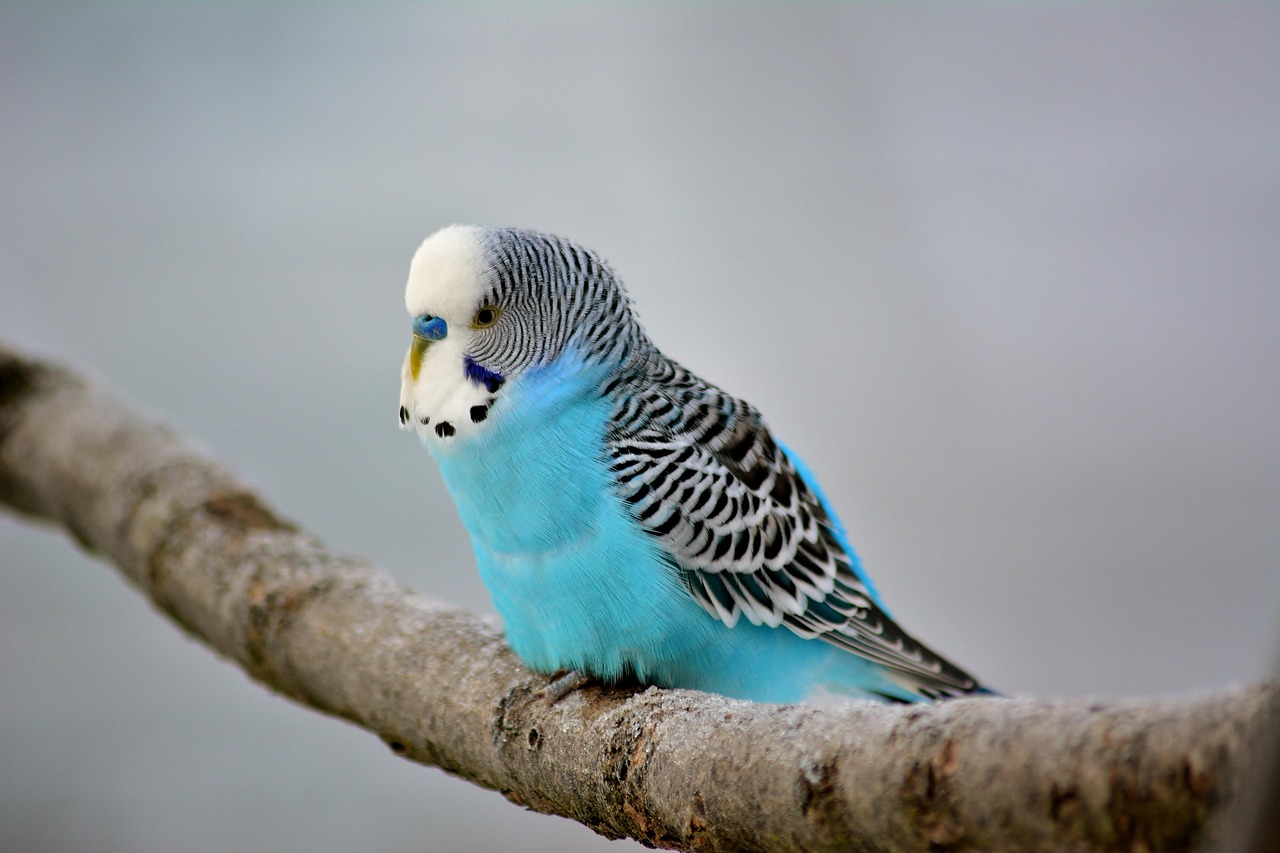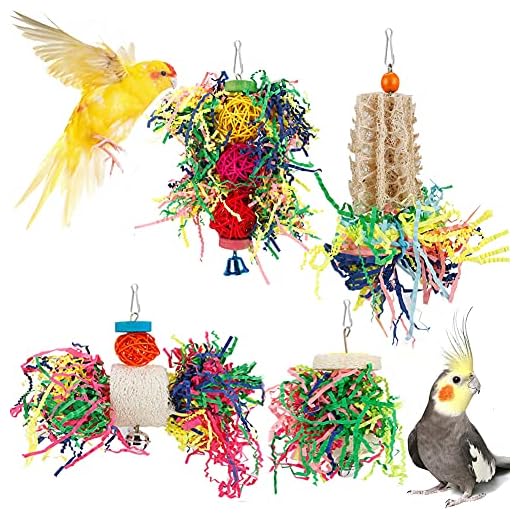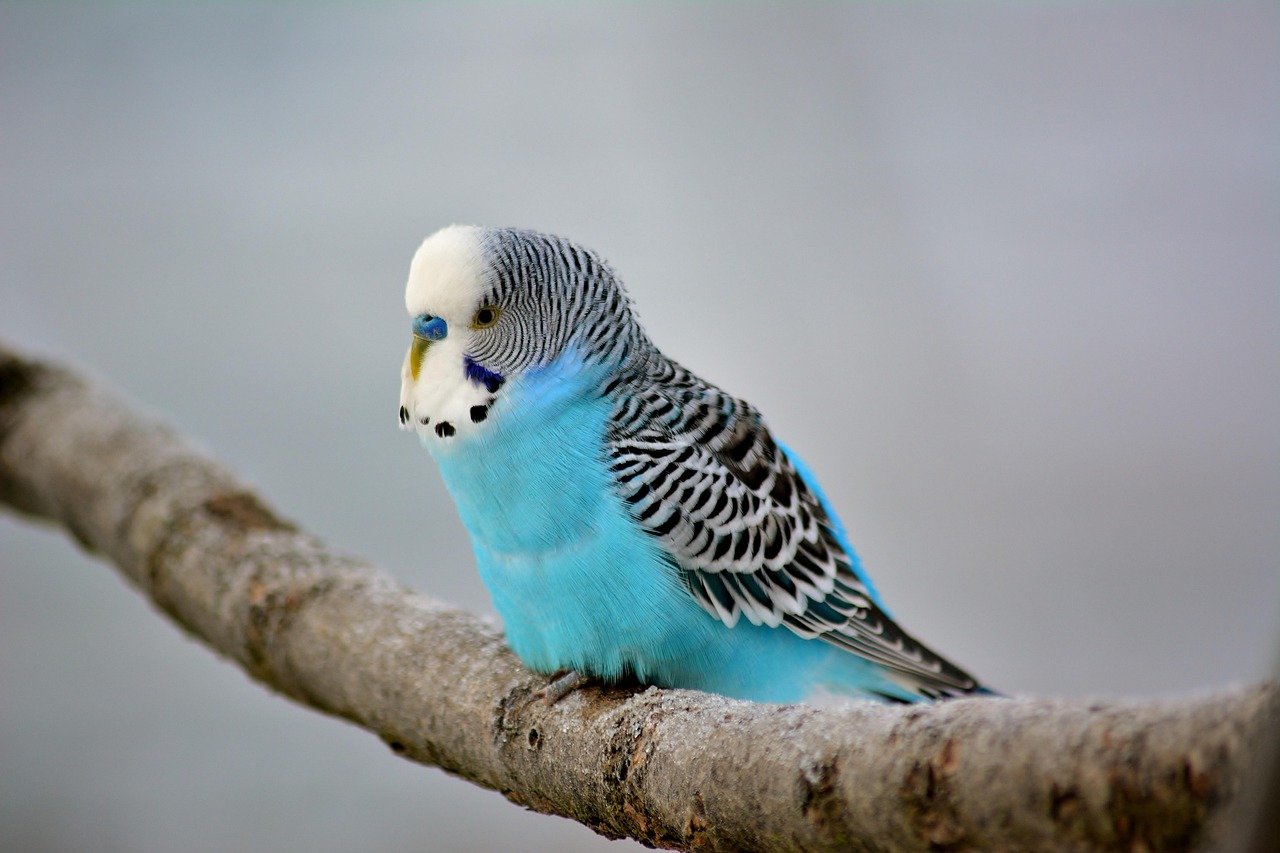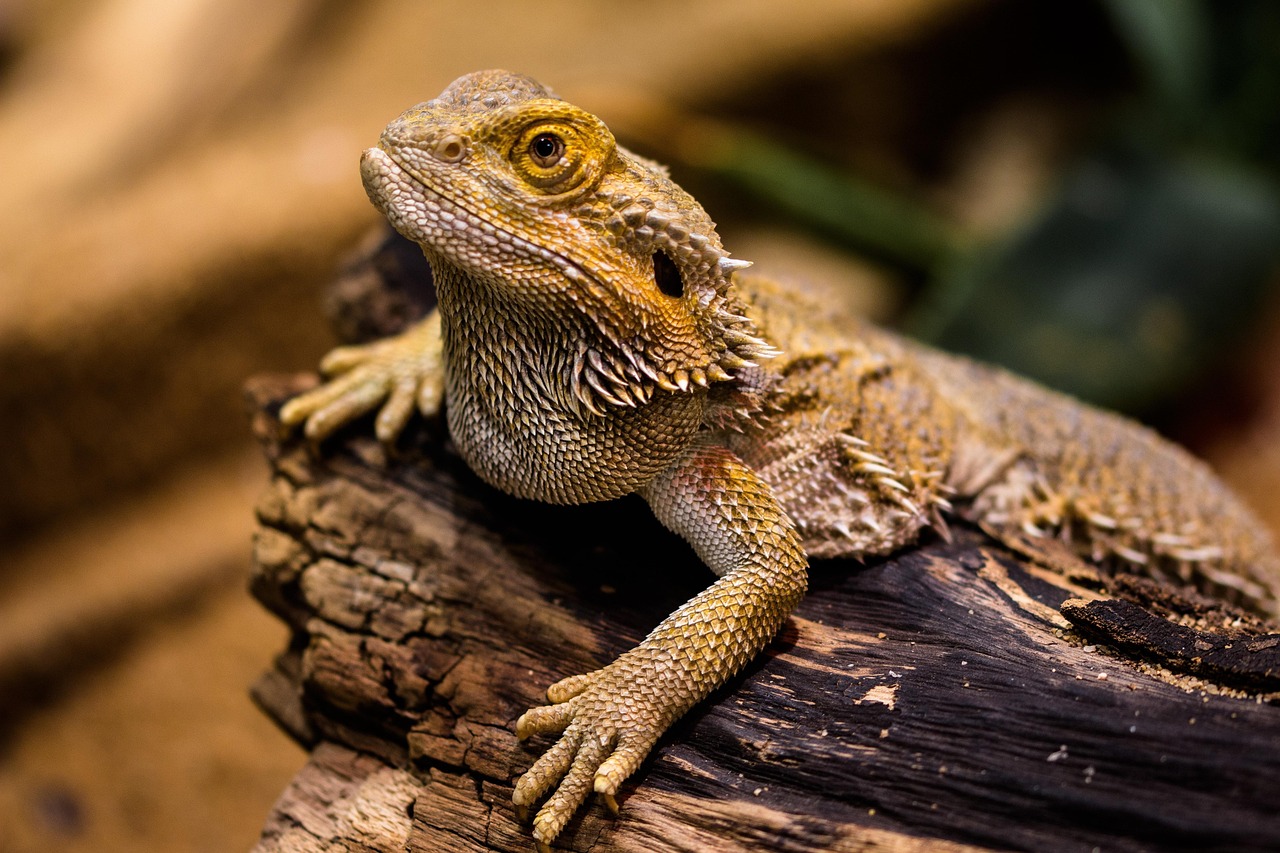Fast-Track Friendship: Tame Your Budgie in 6 Simple Steps
Follow this friendly, no nonsense guide to turn a shy budgie into a confident, hand tame companion. You’ll get six clear steps — gentle techniques, trust building tips, and fun rewards you can start using today to see quick progress soon.
What You’ll Need
Tame Your Budgie Fast: 6 Easy, Proven Steps
Get to Know Your Budgie First
Really watch them — curious habits tell you everything. Want to avoid mistakes? Observe first.Observe your budgie for several days without trying to interact. Watch when they’re most active, where they like to perch, and how they sound.
Pay attention to these details:
Talk softly nearby so they learn your voice — read aloud or hum while you do chores. Avoid sudden movements, reaching in quickly, or grabbing: if they fluff and turn away, step back and try again later. A healthy baseline helps you spot progress and prevents pushing them when they’re uncomfortable.
Set Up a Calm, Comfortable Space
Your cage is their kingdom — make it welcoming and safe. Small changes = big trust gains.Place the cage in a quiet, consistent spot away from drafts and direct sun but where household life happens. For example, a living-room corner near family traffic (not a doorway) works better than a breezy window.
Provide multiple perches at different heights so your budgie can hop and choose comfort. Add a shallow water dish, a cuttlebone, and a few chewable toys (wood blocks or natural rope).
Remove shiny or sharp items that startle them — no loose foil, dangling jewelry, or pointy metal. Dim lights in the evening to mimic natural cycles and help sleep. Keep noise steady and predictable; a relaxed environment reduces fear and speeds taming because your budgie won’t be constantly on guard.
Start Building Trust Slowly
Patience wins: slow moves and friendly chatter beat force every time. Ready for tiny victories?Approach the cage calmly and spend quiet time nearby reading, talking, or singing in a low, friendly tone.
Sit with a book or phone for 10–15 minutes so your budgie gets used to your presence without pressure.
Progress in tiny steps: put your hand inside the cage for short periods and offer a treat through the bars, never forcing contact.
Learn their comfort distance and don’t breach it; back off if they bob their head or fluff up.
Use a consistent, gentle voice and move slowly.
Celebrate softly when they step closer or accept a treat — small, consistent wins create safety and predictability.
Use Food and Play as Positive Reinforcement
Treats are your secret shortcut — but timing and moderation matter. Want faster results? Reward right away.Identify their favorite treat (millet sprays are usually a hit) and reserve it for training only.
Offer tiny bits immediately after the wanted behavior so they connect action with reward — for example, when your budgie steps on your finger, click or say “yes” and give a crumb.
Keep sessions short (5–10 minutes) and upbeat.
Rotate toys and introduce simple foraging puzzles to make training a game; hide a few seeds in a paper ball or a treat-dispensing toy so they work for the reward.
Consider a clicker or short verbal cue as a marker to make reinforcing precise and consistent.
Teach Step-Up and Gentle Handling
Master the signature move: step up. Once consistent, handling becomes easy — here’s how to nail it.Begin step-up training with the cage door closed. Present a finger or perch at belly level and say a simple cue like “step up.” Reward any approach, then a touch, then the actual step. Repeat consistently in short sessions (5–10 minutes). For example, offer a tiny millet piece on your finger; when your budgie hops forward, say “yes” and give the treat.
Gradually practice opening the cage and asking them to step onto your hand. Introduce handling slowly — short, gentle strokes along the back or chest; never force wings or pry the beak. If they tense or bite, pause and try again later.
Teach reliable recall before allowing free flight; avoid wing clipping unless advised by a vet.
Generalize Training and Socialize Confidently
Want a budgie that’s chill everywhere? Expose them gently to new rooms, people, and sounds.Practice stepping up in different rooms so your budgie learns to respond anywhere. Invite one calm visitor at a time and keep visits short (5–15 minutes) to avoid overwhelm. Introduce common household noises slowly — play the TV quietly, move the vacuum at a distance — and reward calm behavior immediately.
Once your budgie steps up reliably, practice in different rooms, with low-stress visitors, and near common household noises (TV, vacuum at a distance). Keep sessions short and always end on a positive note. Rotate toys and introduce new perches to build adaptability. Encourage daily handling so skills don’t fade, and keep training varied—mix treats, play, and gentle vocal interaction. Regular, positive exposure prevents regression and turns a tame bird into a confident companion.
Stick With It — Consistency Wins
Taming a budgie often takes days to weeks; short, consistent sessions, gentle patience, and positive reinforcement create a trusting, affectionate bird. Celebrate small wins, stay calm during setbacks, and keep routines—aren’t gradual bonds worth the wait and the journey too?














I appreciate the emphasis on ‘calm’ space. My budgie hates loud noises and would shut down whenever the TV was on. Turning the volume down and dimming lights during training made a huge difference.
Also, try a white noise machine on a low setting if you live in a noisy area. It helped my budgie tune out street sounds.
Exactly — sensory environment matters a lot. Even a humming fridge can be distracting for some birds. Good observation!
Short and useful. One nitpick: you mention socializing confidently, but didn’t say much about kids around budgies. Any quick tips? My niece wants to help train but sometimes she gets too excited.
Good point, Noah. Kids should always be supervised and taught to move slowly, use quiet voices, and never poke or chase the bird. Let the bird approach them and reward calm behavior. Short, calm visits are best.
I let my niece give the millet while sitting down and asked her to be a statue during training — she loved it and the budgie stayed calm.
Loved the clear steps! I rescued a budgie last month and have been so unsure about handling him — this guide made Step 3 and 5 less scary. Quick question: how long should each short training session be for a nervous bird? I’ve been doing like 3-5 minutes, twice a day. Is that enough?
I’d add: try doing quick sessions right after feeding — they’re more motivated. Also, patience. It took my guy a few weeks to calm down.
Same here! I started with 2–3 minutes and slowly increased. My budgie actually responds better when I keep it short and sweet.
Great question, Emma — 3–5 minutes is a perfect starting point for a nervous budgie. Short, consistent sessions several times a day are better than one long session. Watch for signs of stress and stop if they fluff up or fly away.
Helpful and straightforward. I do wish there was a tiny troubleshooting section for birds that bite during step-up. Any tips? Mine nibs my finger more than gently pecks and it’s getting annoying.
Nibbling can be exploratory or a mild dominance test. Try freezing (stay still, no reaction) and withdraw reward for a moment when nibbling turns hard. Reward calm behaviour immediately. Also reinforce step-up with a treat right as they place their foot on your finger.
I found that saying ‘ouch’ calmly (not loud) then removing my hand for 10–20 seconds worked. They seemed to understand it was unwanted.
This helped a lot but FYI: training pace really depends on the budgie’s past. My rescue needed months of gentle exposure. Don’t rush it and keep expectations flexible. Also, celebrate tiny wins!
Amen to celebrating tiny wins. I made a checklist and checked off every small behavior change — oddly therapeutic.
Absolutely true, Chloe. Rescue birds often need more time to trust. Celebrating micro-progress keeps you motivated and sends positive signals to the budgie.
Nice guide. Two thoughts: include a short note on vet checks before intensive training (some birds bite or act weird because they’re in pain), and maybe a sample 2-week training schedule for absolute beginners.
Great suggestions, Peter. A vet check is smart if a bird shows sudden behavior changes. We’ll look at adding a beginner schedule in an update — thanks!
Yes a 2-week plan would be SO helpful. Even a calendar with tiny milestones would motivate me.
Good guide but wished there were pictures for hand positions in Step 5. I tried to imitate what I imagined and scared my budgie off a few times. 😬
Yes pics please — even a simple diagram would help newbies a ton.
Also try setting the hand on a perch for them to explore first. Less intimidating than hovering above them.
Thanks, Tom — that’s a fair point. We’ll consider adding illustrations. Meanwhile: keep your hand low, palm up, fingers together and move slowly. Let the budgie come to your hand rather than forcing contact.
If helpful: think of your finger as a tiny branch. Gentle, steady, and stable. No sudden reaches!
Okay real talk — step 4 (food and play) is a game changer. My budgie absolutely lives for millet spray. Also, the guide’s bit about generalizing training (step 6) saved me when I accidentally taught him to only step up for my left hand. Whoops.
Thanks, Sophie — millet is a great high-value treat. For the left-hand habit, alternate hands deliberately during step-up practice and praise the budgie each time they do it with the other hand.
I dumped the mirror after my budgie started singing at herself at 3 AM.😅
Pro tip: use different treats on different hands for a while. Worked wonders for me.
Haha same — taught mine to only step up on my shoulder. Now we do a 5-min switch routine daily and it’s slowly fixing it.
Mirror drama — lol. My neighbor’s budgie got obsessed too. Good to be careful with those.
Is it okay to train multiple budgies at once using this method? I have a bonded pair and don’t want to mess up their dynamics.
You can train multiple birds, but start with individual sessions so each bird learns to trust humans separately. Then gradually do pair sessions to generalize behaviours. Watch for jealousy and separate if one blocks the other from the trainer.
I trained mine separately at first, it helped a lot. Eventually I did 2-bird sessions and they were chill.
Quick tip from experience: teach a budgie to step up using a perch first before the finger. Perch-to-finger transfer makes the whole process smoother. Also — patience. You’ll get there.
Solid tip, Ben. A goalpost or dowel can be a helpful intermediary step. Thanks for sharing.
Are there recommended perch sizes? Mine always choose the smallest one and then act like they’re on a tightrope.
Perch-to-finger saved my life too. Less scary for the bird, and less awkward for you!
Short and practical. I laughed at the ‘consistency wins’ line — true story. 😂 One thing I’d add: keep a small mirror out for a bit if your budgie seems lonely, but don’t overdo it.
I followed the guide exactly and my budgie went from skittish to curious in about 2 weeks. Consistency really is the secret sauce. A few extra notes:
– Keep sessions the same time each day
– Use the same quiet corner
– Soft voice helps
Thanks for the simple layout!
Somebody tell me why my budgie prefers my partner’s voice over mine? 😂 We followed step 3 exactly but he just lights up when she enters the room. Is that just bird logic?
Birds can form preferences based on tone, pitch, and past interactions. Try both of you doing similar routines (same treats, same calm approach) to balance things out — and don’t be discouraged, sometimes it just takes time.
Also, some birds respond more to higher-pitched voices. Maybe try using a playful, higher tone when you talk to yours.
My budgie liked my roommate more because she carried millet in her pocket like a contraband snack. Maybe it’s bribery lol.
My bird loved my partner too — then one day he decided I give better scritches. Hope you get there!
This article convinced me to rearrange the cage to make a calmer spot — thank you! My budgie was always facing the room’s window and flinched at every passerby. Now he chills on a lower perch and we’re seeing better results.
Nice! Positioning the cage away from heavy foot traffic and direct drafts really helps. Lower perches are often less threatening for shy birds.